“We found you online.”
Not all effective marketing gets the credit. Marketers are always trying to measure the results of their specific efforts. But they're not all that measurable. The customer who “found you online” was likely influenced by other factors first. Many believe that because your customer found you online, you should invest all your marketing dollars there. Yellow Pages used that strategy for years to sell advertising.
The internet is today’s Yellow Pages. It’s where you go when you’re ready to make a purchase, so it gets all the credit for making the sale.
Many years ago, I (briefly!) sold radio advertising. My customers would tell me “we don’t need to do radio; all our business comes through the Yellow Pages.” But think about it (if you’re old enough)–you'd open the Yellow Pages to “lawn care” and what jumped out? The lawn care company you’ve been hearing on the radio for the past five years, of course!
Today’s version of the yellow pages is, of course, Google.

Consumers rarely respond right away to something they’ve never heard of before. Most of the time, your message won’t penetrate people’s consciousness on the first impression. Or the second. By the third or fourth time someone interacts with a piece of content (from an ad on Facebook to a roadside billboard), they should be conscious of it enough to become curious. Cultivating curiosity takes approximately five touch points (historically known as impressions) to internalize a marketing message.
Impressions are the interactions between your brand and your audience. These impressions or touch points can include any combination of media, from direct mail or traditional advertising to signage, vehicle design , a story in the newspaper, or word-of-mouth. The key here is that none of these work well on their own, but a focused combination can have real results.
For most of us, this means we need to let go of our obsession with measurability. Certain touchpoints are critical to the getting the word out, but will never get the credit for final “purchasing” activity. Instead, don’t be afraid to use your intuition. And/or the intuitions of marketing and communications experts you know and trust. And observe what it takes for a new message to penetrate your own consciousness.
My personal communications philosophy is to focus more impressions on a smaller audience. This is to ensure your message includes enough repetition to effectively penetrate even a smaller audience. It may seem counter-intuitive, but this is actually less risky than spreading your budget over a large audience and not delivering enough impressions to elicit a response.
 While larger budgets can accommodate a symbol molded into the tread of a shoe, the stamp inside a bracelet, or a message inside of a bottle cap, keeping your touchpoints going does not have to be a costly endeavor. The instructions inside the package, the welcome kit, the thank you note can all be personal, engaging and on-brand.
While larger budgets can accommodate a symbol molded into the tread of a shoe, the stamp inside a bracelet, or a message inside of a bottle cap, keeping your touchpoints going does not have to be a costly endeavor. The instructions inside the package, the welcome kit, the thank you note can all be personal, engaging and on-brand.
Sometimes the smallest understated brand touchpoints affect a consumer the most. These subtle placements demonstrate to your customers that you care as much about their experience as about pushing your logo.
CLICK HERE if you’d like help identifying your organization’s opportunities to increase impressions.


